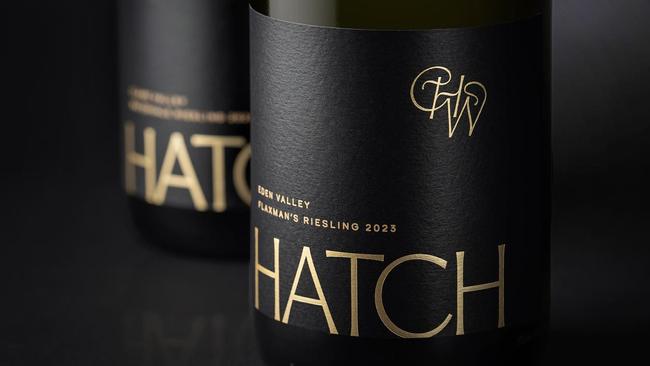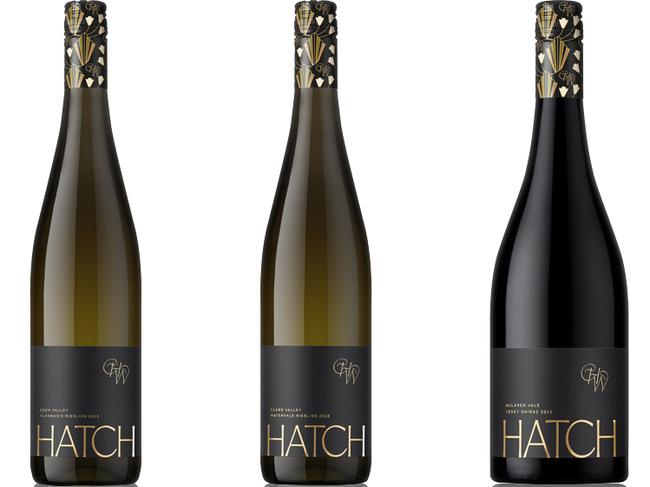The ‘face of Wolf Blass’ has a new venture — and the results forge an immaculate new path
Four single-vineyard wines have been made in the lineage of their maker: immaculately packaged and made, with labels at the opposite end to the gold and glitter of the Blass labels

I doubt there will ever be a more immaculately dressed Australian winemaker than Chris Hatcher. Hatch, as he is universally known, has had an illustrious record stretching 50 years, albeit with a little-known start in research.
Growing up in a strict Methodist home, wine played no part in Hatch’s early life, but that all changed in 1970 when he enrolled in science at the University of Adelaide. At the end of the first year he found a position at the Australian Wine Research Institute, helping wineries with winemaking problems. Returning to university, he completed his degree in microbiology and organic chemistry, and moved to the Barossa Valley, spending almost five years with Kaiser Stuhl and eight years at Orlando, with Wolf Blass (the man) convincing Hatch to join him in 1987. It was to mark the start of 35 years with what is now known as Treasury Wine Estates. In 2011 he joined an expanded team to drive the global sales success of Wolf Blass, becoming known as “the face of Wolf Blass”.

You would be forgiven for thinking that when he retired last July it would be forever. But no, he has just released four single-vineyard wines made in the lineage of their maker: immaculately packaged and made, with labels at the opposite end of the universe to the gold and glitter of the Blass labels of bygone years. The use of oak in those years reflected the aphorism of John Glaetzer (Blass’s winemaker/minder), “No wood, no good”. Lashings of new American oak were integrated by finishing the primary ferment in barrel. The two Hatch Rieslings are an exercise in purity and place, the Flaxman’s Eden Valley wine effortlessly showing the door to the very good Watervale Clare Valley sibling. Their shiraz counterparts come from the Barossa Valley and McLaren Vale, and a significant percentage of the various lots finished its fermentation in new oak, part held on skins. Not broken, don’t fix it.
2023 Hatch Flaxman’s Eden Valley Riesling
Flaxman’s Valley is a highly regarded subregion of the Eden Valley and this wine wastes no time in flooding the senses with its lime blossom bouquet and flavours of grapefruit and Granny Smith apple sheathed in just-so natural acidity. A classic “drink whenever” proposition.
96 points, drink to 2039, 12% alc, screwcap, $32
2023 Hatch Watervale Riesling
The Watervale subregion of the Clare Valley is at an altitude of 390m-450m above sea level and imprints intensity and finesse in equal proportions in the wines, acidity of 7.6g/l here the driver of the long palate and aftertaste; 7-10 years of ageing will see the wine humming.
94 points, drink to 2033, 12% alc, screwcap, $32
2022 Hatch Vesey McLaren Vale Shiraz
Fermented in small open-top vessels, plunged and pumped over for 5-10 days, matured for 18 months in 59% French (12% new) and 41% American (20% new) oak. This wine is more velvety and plush than its Barossa sibling, with a whisper of dark chocolate and incipient spices that will increase over the coming decades.
95 points, drink to 2045, 14.5% alc, screwcap, $52
